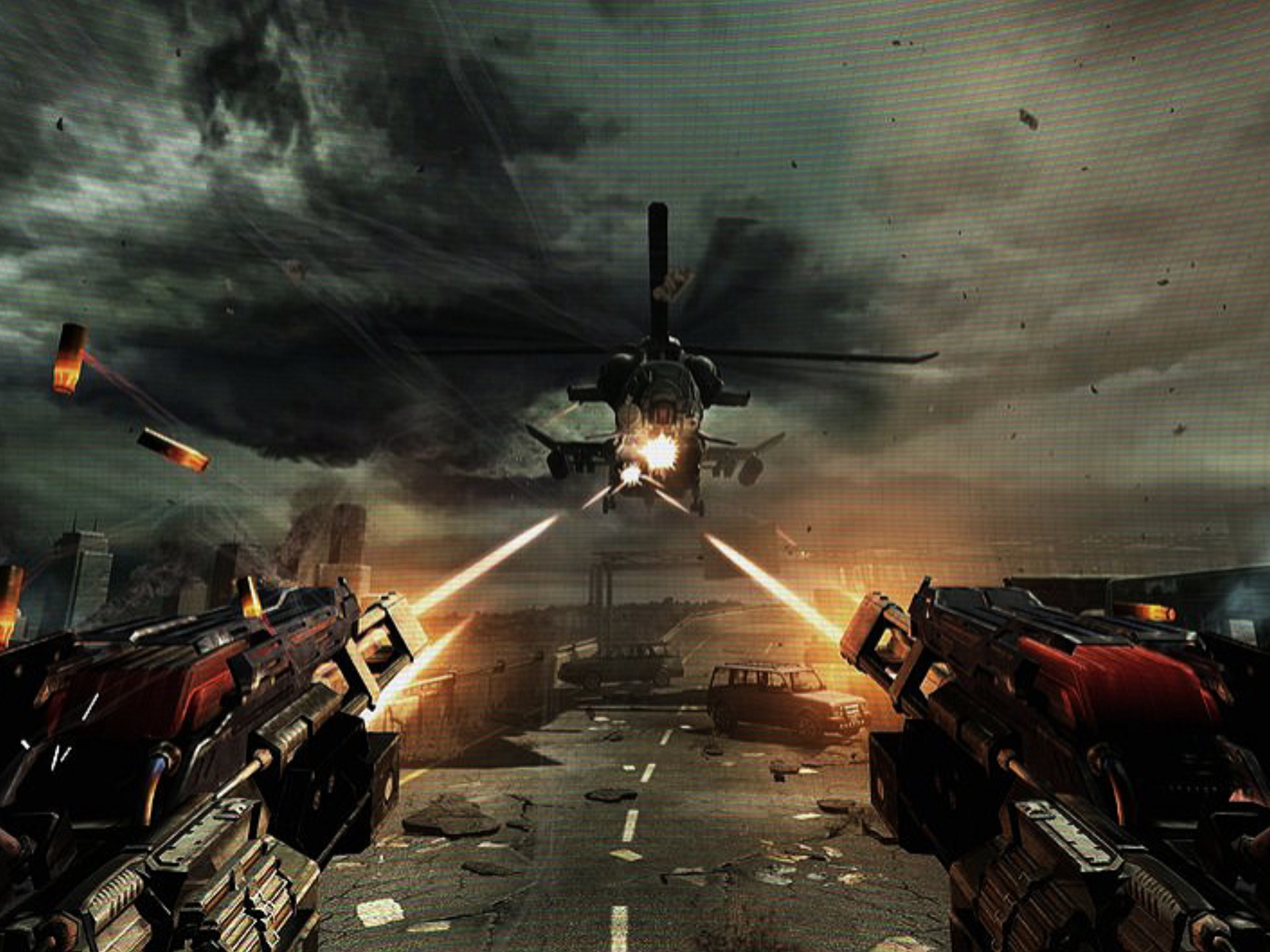Tetris - Party Edition: New Mini Games - A Critical Review
Introduction
Tetris, the iconic puzzle game created by Alexey Pajitnov in 1984, has seen numerous iterations over the years. One of the more unique takes on the classic formula is Tetris - Party Edition, which introduces a variety of mini-games to diversify the traditional block-stacking experience. While the core gameplay remains intact, these mini-games attempt to inject fresh excitement into the franchise. But do they succeed? This critical review examines the new mini-games, their mechanics, replay value, and overall impact on the Tetris experience.

Overview of Tetris - Party Edition
Tetris - Party Edition retains the fundamental mechanics of Tetris—rotating and placing tetrominoes to clear lines—but expands upon it with several multiplayer and single-player mini-games. These modes range from competitive battles to cooperative challenges, offering a different flavor of gameplay while still relying on the core principles of spatial awareness and quick decision-making.
Analysis of the New Mini Games
1. Hot Line
Concept: Players must clear specific highlighted lines to earn points. The more highlighted lines cleared in a single move, the higher the score.
Pros:
- Adds a strategic layer beyond just clearing lines.
- Encourages careful planning to maximize scoring.
Cons: - Can feel restrictive compared to classic Tetris.
- The randomness of highlighted lines may frustrate players.
2. Shadow Wide
Concept: The playfield is much wider than usual, forcing players to cover more ground while managing falling blocks.
Pros:
- A fresh challenge for experienced players.
- Tests adaptability and long-term planning.
Cons: - The expanded field can feel overwhelming for newcomers.
- Slower pacing may not appeal to fast-paced Tetris fans.
3. Catch-Up
Concept: Players race against each other to reach a set number of cleared lines, with trailing players receiving slight advantages.
Pros:
- Keeps matches competitive and engaging.
- Prevents one-sided domination in multiplayer.
Cons: - The catch-up mechanics may feel unfair to skilled players.
- Can disrupt the natural flow of competition.
4. Tower Climber
Concept: Players must stack blocks to climb upward while avoiding gaps that could halt progress.
Pros:
- A unique vertical twist on Tetris.
- Encourages careful block placement.
Cons: - The perspective shift can be disorienting.
- Limited replayability once mastered.
5. Jigsaw
Concept: Players must fit blocks into pre-defined shapes rather than clearing lines.
Pros:
- A creative departure from traditional Tetris.
- Enhances spatial reasoning skills.
Cons: - Lacks the urgency of classic Tetris.
- Some shapes feel overly restrictive.
Strengths of Tetris - Party Edition
- Variety: The mini-games provide diverse ways to enjoy Tetris, catering to different playstyles.
- Multiplayer Focus: Many modes are designed for competitive or cooperative play, making it great for parties.
- Innovation: The game experiments with mechanics while staying true to the core appeal of Tetris.
Weaknesses of Tetris - Party Edition
- Inconsistent Quality: Not all mini-games are equally engaging; some feel gimmicky.
- Learning Curve: Some modes require time to adjust, which may deter casual players.
- Lack of Depth: A few mini-games lack long-term replay value.
Conclusion
Tetris - Party Edition successfully introduces new ways to experience Tetris through its mini-games, though not all of them hit the mark. While some modes offer fresh and exciting challenges, others feel underdeveloped or overly restrictive. For fans looking for a twist on the classic formula, this edition is worth exploring—but traditionalists may prefer sticking to the original.
Ultimately, Tetris - Party Edition is a fun, if uneven, expansion of the Tetris universe, best enjoyed in multiplayer settings where its party-focused design shines brightest.
Final Score: 7.5/10
Tags: #Tetris #GamingReview #PuzzleGames #PartyGames #MiniGames #TetrisPartyEdition #GameCritique


















